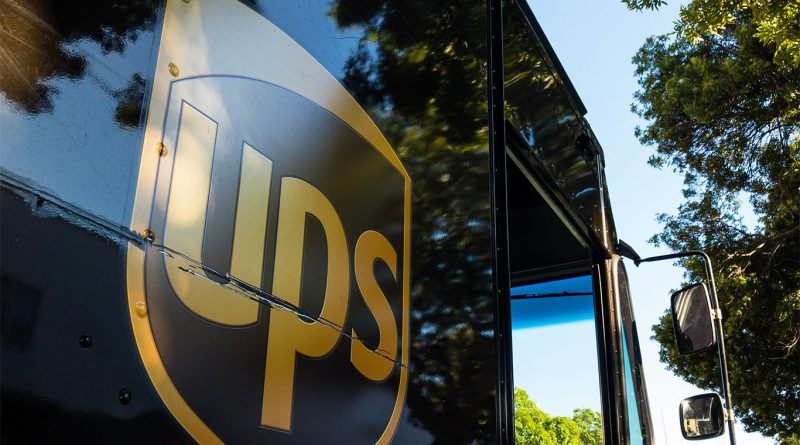UPS Cuts 20,000 Jobs and Shuts 73 Hubs to Lower Amazon Reliance
Subscribe to our free newsletter today to keep up to date with the latest transportation and logistics news.
UPS is undertaking one of the most significant strategic shifts in its recent history by downsizing its reliance on Amazon and reducing its exposure to low-margin e-commerce delivery. The logistics giant aims to cut its Amazon package volume by more than 50 percent by the end of 2026.
The move comes months after UPS secured a costly labor agreement with the Teamsters union, estimated to add more than $30 billion in expenses over five years. While the deal guaranteed job stability and benefits for over 300,000 employees, it also placed pressure on UPS’s margins. Amazon, once a cornerstone client, has increasingly built its own fulfillment network, limiting UPS’s ability to leverage scale in urban delivery zones.
The scale and scope of the layoffs and closures
UPS plans to eliminate 20,000 jobs and shutter 73 facilities across the United States by the end of June 2025. The move is projected to generate $3.5 billion in savings. Job cuts will primarily affect administrative, supervisory, and part-time operational roles. Although no full breakdown has been made public, regional distribution centers and sorting facilities in underutilized markets are expected to be first on the closure list.
The scope of the retrenchment underlines the company’s urgency in streamlining operations. These layoffs follow a smaller round earlier this year that targeted 12,000 positions, suggesting a phased approach toward transforming its workforce and physical footprint.
UPS is also expected to consolidate services and reroute volumes through more automated, high-efficiency hubs. While this will improve productivity in the long term, it raises short-term concerns about service capacity, particularly during peak seasons.
Where the money is going: automation and healthcare
The $3.5 billion in projected savings will largely be reinvested into automation and sector diversification. UPS has earmarked significant capital for modernizing its facilities with robotic sorting, AI-driven route optimization, and predictive maintenance systems. Automation will serve as a key enabler in the company’s goal to maintain efficiency while managing a smaller, leaner workforce.
A substantial portion of investment is also flowing into healthcare logistics, a rapidly growing and higher-margin segment. The company’s $1.6 billion acquisition of Canada-based Andlauer Healthcare Group signals its commitment to expanding cold-chain and specialized delivery capabilities for pharmaceuticals and medical devices.
Industry pressures and economic headwinds
UPS’s realignment is not occurring in a vacuum. The logistics industry as a whole is grappling with a complex mix of economic pressures, including new US tariffs on Chinese goods that are influencing inventory strategies among small and medium-sized businesses. These clients, sensitive to shifting cost structures, are holding back on shipments and exploring alternative supply routes, creating additional volatility for major carriers.
In the first quarter of 2025, UPS reported a 0.7 percent decline in revenue year over year, though it posted a 3.3 percent increase in operating profit. This indicates successful cost controls but highlights sluggish top-line growth. Inflationary pressures, geopolitical uncertainty, and tariff exposure remain persistent risks, especially for companies with broad international operations like UPS. The growing reliance on automation suggests that the entire industry may trend toward reduced headcounts and tighter networks.
Sources:
